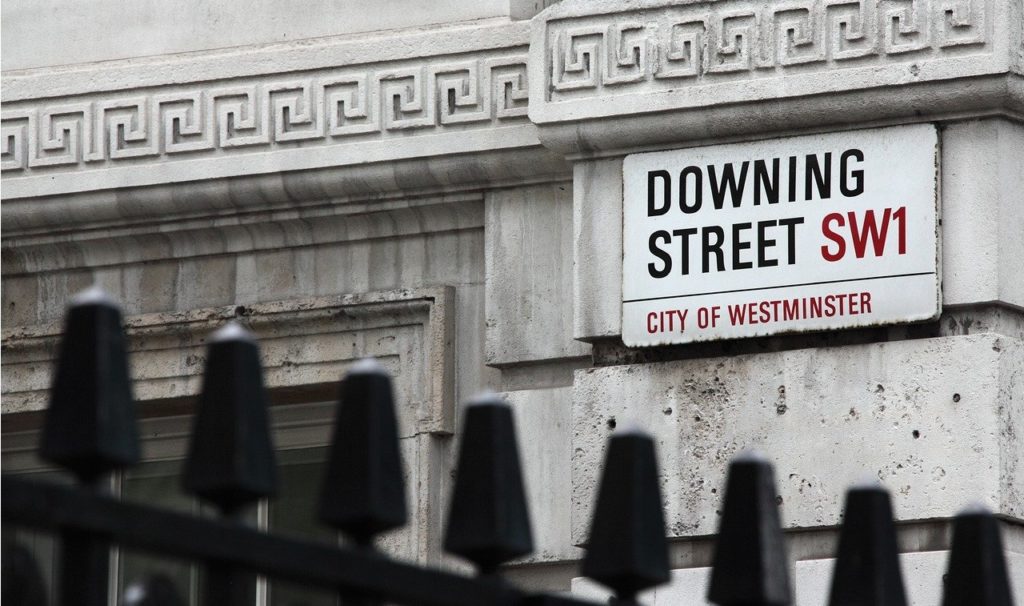
Paula Keaveney
The ambitious Conservative MP with leadership ambitions (and most do have these whatever they say) has to take a series of decisions quickly. Are they ready to fight a leadership contest? Can they get enough support to stand a chance? Is this the right time for them or are they best waiting for another chance?
Leadership contests come about in two ways. The first is the pre-announced contest giving potential entrants time to ponder. When Paddy Ashdown announced he would step down as Leader of the Liberal Democrats he established a timetable allowing thought. Some parties, such as the Green Party of England and Wales, also have regular scheduled contest slots.
The second however is the sudden contest, usually triggered by a resignation. This is an opportunity which appears and may not be at a time of anyone’s choosing; you either go for it or not. Boris Johnson himself understood this when he said, asked about if he would try to become leader, that this might be a question of whether “the ball comes loose from the scrum”.
So potential candidates in the Conservative Parliamentary Party have a very short time in which to make up their mind, to declare and to get nominations.
Of course for some the time is longer than it looks. Ambitious politicians often have part of their “campaign infrastructure” already sorted out. It might be a headquarters, it might be funding, it might be supporters ready to be named. Every candidate will need a website. Looking at who has bought which domain names can provide a clue. In the pre-mobile days, Michael Portillo was seen to have had plenty of new telephone lines put into his putative HQ prior to any contest actually having been called.
Before William Hague became leader, Conservative MPs were the only ones who had a say in the contest. The Hague reforms however broadened the electorate, with party members getting to vote. The MPs still have a crucial role – to nominate and then to take part in ballots to whittle the list of candidates down to a choice of two. The last Conservative contest saw an initial group shrunk down to Boris Johnson and Jeremy Hunt.
Party activists, the ones committed enough to deliver the leaflets, knock on doors and turn up at events, can be more ideologically extreme than those at the top of the party. May’s law (of curvilinear disparity) sees the “elite” party people and the ordinary member or voter as being reasonably near the centre as far as that party goes, but the active and committed members being more to the right (or left depending on the party). This is certainly given as one reason for the choice of Iain Duncan Smith as leader by the Conservatives in 2001. May’s law may not hold in every case, but it is certainly true that the membership won’t have had to deal with the compromises often needed at the top of politics.
So who is in the frame?
The short answer is that we don’t yet know the full list. My advice would be to look out for op-eds in the Telegraph and articles on Conservative Home and to see who already has a leadership contest Twitter handle.
Whoever takes over as leader, and Prime Minister, inherits a huge basket of problems. Two potential by elections which are very loseable. A deposed leader who may make “noises off”. A cost of living crisis which is not that easy to solve, the wounds of internecine conflict to heal, and a party Party Conference speech in the Autumn.
So perhaps some of those ambitious MPs will think it too much of a poisoned chalice and sit this one out.
Paula Keaveney is Senior Lecturer in Politics at Edge Hill University.
Image by PublicDomainPictures from Pixabay
